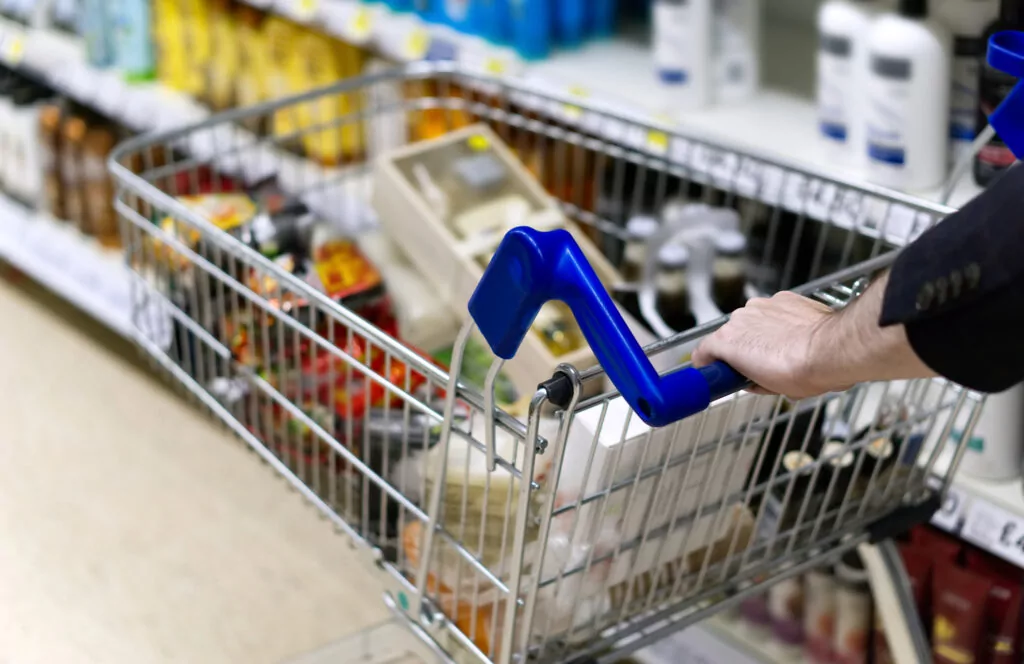
A u-turn or more clarity on marketplace operator liability for trade mark infringement?

By Chandni Jobanputra, Bethany Wheeler-Fowler
13 Feb 2023 | 4 minute read
A question that has been on most brand owners' minds - can the operator of an online marketplace be found liable for trade mark infringement by just displaying advertisements and delivering infringing goods that are offered for sale by a third party using the said operator's services?
Until this case, it was very difficult for online platforms to be liable for trade mark infringement when third parties used the platform to sell infringing products. Previously, in Amazon v Coty, Amazon was not found directly liable for trade mark infringement as it did not carry out the shipping even though it was responsible for the storage of such goods. The court found that Amazon had no active involvement in the sale of infringing goods.
In the joined case of Louboutin/Amazon cases (C-148/21 and C-184/21), the Court of Justice of the European Union ('CJEU') indicated that an online marketplace operator like Amazon could be liable for the sale of counterfeit goods on its platform where its acts went beyond those in the Coty case.
When is an online marketplace operator liable?
Christian Louboutin's shoes are identified by their red sole, which is a registered trade mark. Following Amazon's advertisements of third party shoes with red soles, Louboutin sued Amazon for trade mark infringement on the basis that it was facilitating the sale and shipping of such shoes. It argued that Amazon had used its trade mark and, therefore, infringed its red sole trade mark.
The CJEU was asked to consider if an online marketplace, like Amazon, could be found to be using (and infringing) a trade mark where it displayed advertisements and assists a third party with the advertising, storage and dispatch of infringing goods.
The CJEU stated that an online marketplace is likely to be 'using' a sign identical to an existing trade mark registration and thus be liable for trade mark infringement where:
- A third party offers identical goods bearing the registered sign without the owner's consent.
- The well informed and reasonably observant marketplace user links the marketplace's services with the registered sign.
- The consumer considers that the market operator markets the products bearing the registered sign.
In other words, the marketplace operator will be liable if the consumer has the impression that the third party goods originate from the operator (as opposed to originating from a third party).
If the marketplace operator also carries out the following, it is increasingly likely to demonstrate a link between the marketplace operator and a trade mark:
- Use of a uniform method of presenting the offerings published on its platform.
- Displaying advertisements for its own goods at the same time as advertisements for the third party goods.
- Displaying its well-known distributor logo on all advertisements.
- Describing the various offerings of its own and the third party as "best sellers" or "most popular", for instance, without distinguishing them as to their origin.
- Offering additional services (such as storage and dispatching) to third party sellers marketing goods bearing the registered sign.
The case now goes back to the national courts in Belgium and Luxembourg to apply the guidance of the CJEU to the facts in this dispute and ultimately decide if the public would be confused as to the origin of the goods by believing that they originate from Amazon.
As a result of this decision, marketplace operators are going to need to carefully review the layout of their platform and how they advertise third party goods. If they do not clearly identify that a third party is responsible for the goods, they risk being found liable for trade mark infringement.
This case gives brand owners the ability to require marketplace operators to take steps to prevent the sale of infringing products rather than chasing after each individual infringer. Platforms like Amazon, which operate a hybrid model, are more vulnerable to direct liability for trade mark infringement when third parties use its service to sell infringing products. However, it only goes so far, and marketplace operators may just change the way they present listings and advertisements to get around this decision.
Bethany Wheeler-Fowler, Trainee Solicitor













